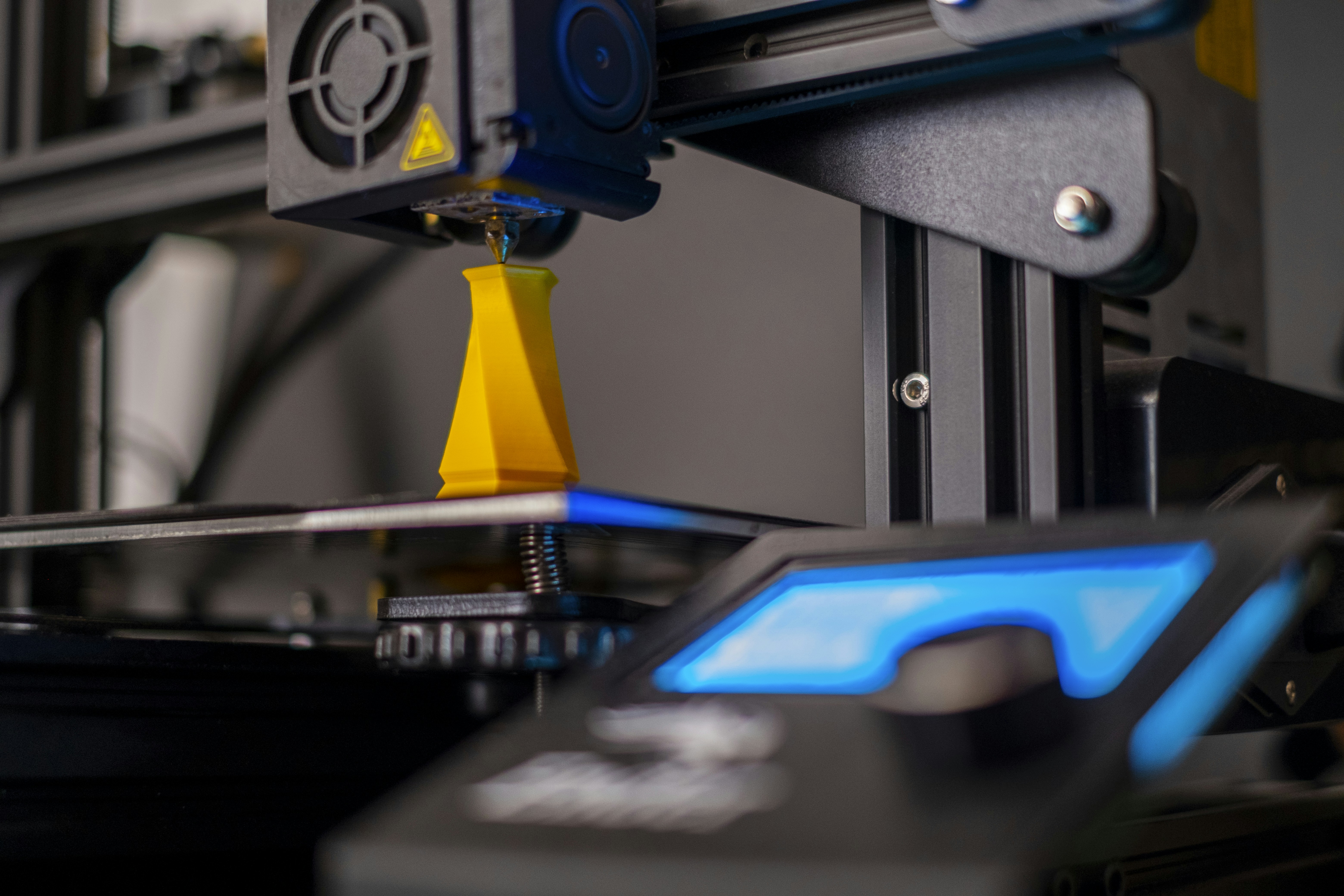3D printing used to be the domain of tech nerds, start-up evangelists, and anyone hoping to bypass Amazon by printing their own toothbrush holder. Now it’s threatening to do to global manufacturing what Spotify did to CD sales. Quietly, but thoroughly.
At first, it looked like a novelty, cheap plastic trinkets, wonky action figures, and half-melted chess pieces that no one asked for. It was harmless, vaguely impressive, and mostly ignored. But behind the noise of warped Pikachu heads, something quietly shifted: the tech matured, and the implications got serious.
The Not-So-Humble Origins
The earliest 3D printers seemed more like expensive party tricks than industrial threats. But those days are over. Today, they’re printing components for planes, bridges, and organs (yes, organs, though it’s best not to think too hard about that if you’re eating lunch).
One particularly under-the-radar revolution? Hearing aids. Most people don’t realise the global hearing aid industry has already gone fully 3D. Countries like Denmark, Switzerland, and Singapore figured this out years ago. Meanwhile, mid-tier economies like Vietnam and China caught on fast. The result? Lightweight, custom-fit devices that are faster to make, cheaper to ship, and easier to scale. All thanks to a process that once made wobbly plastic ducks.
It Wasn’t Supposed to Be This Way
Here’s the twist: policymakers thought 3D printing would localise production and collapse global supply chains. The logic made sense, if you can print it on-site, why import it?
Turns out, it didn’t work that way. Instead of replacing trade, it reshaped it. What we got wasn’t a retreat from globalisation but a remix. Lightweight parts, custom orders, and decentralised production didn’t kill trade; they made it weirdly more fluid. A supply chain now might stretch across five countries, involve a single printer in each, and ship feather-light parts instead of heavy components. Not shorter, just… lighter. Like swapping a lorry for a drone.
From Niche to Norm
If the projections hold, 3D printing could account for half of all manufacturing activity within a couple of decades. Whether that’s optimistic or ominous depends on your point of view.
If you’re a small business, it’s potentially empowering. Why source components from halfway across the world when you can print them in your shed? If you’re a government reliant on manufacturing exports, it’s an early warning klaxon. The world’s factory is getting smaller, quieter, and increasingly location-agnostic.
A Word of Caution (and a Bit of Chaos)
There’s a darker flip side. As production decentralises, so does regulation. What happens when any idiot with a decent printer can make untraceable gun parts, dodgy medical devices, or fake food packaging? It’s not just a trade issue, it’s a trust issue.
And then there’s the cultural fallout. When everyone’s printing at home, who keeps the economy ticking over? If 3D printing becomes the new microwave—a household essential we’ll see a new wave of cottage industries, DIY economies, and intellectual property lawsuits you could set your watch to.
Final Thought
3D printing won’t end trade. But it will end the trade as we knew it. This isn’t about hobbyists with too much free time, it’s about a slow but seismic shift in how the world makes and moves things.
The machines are already humming. The only question now is: will the rest of us catch up before they start printing themselves?
